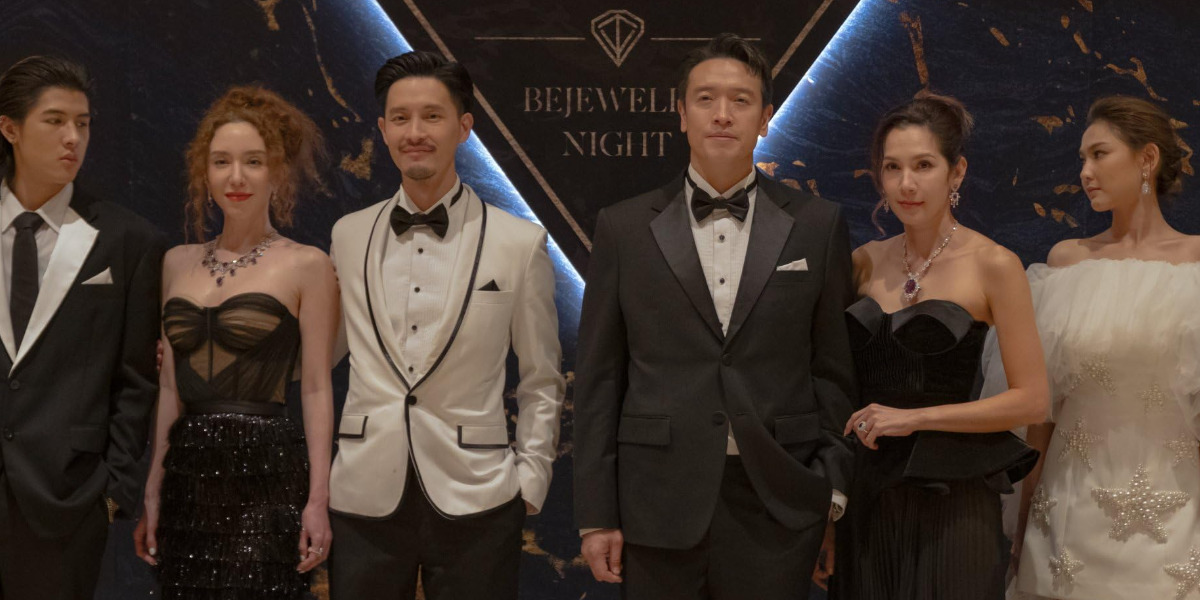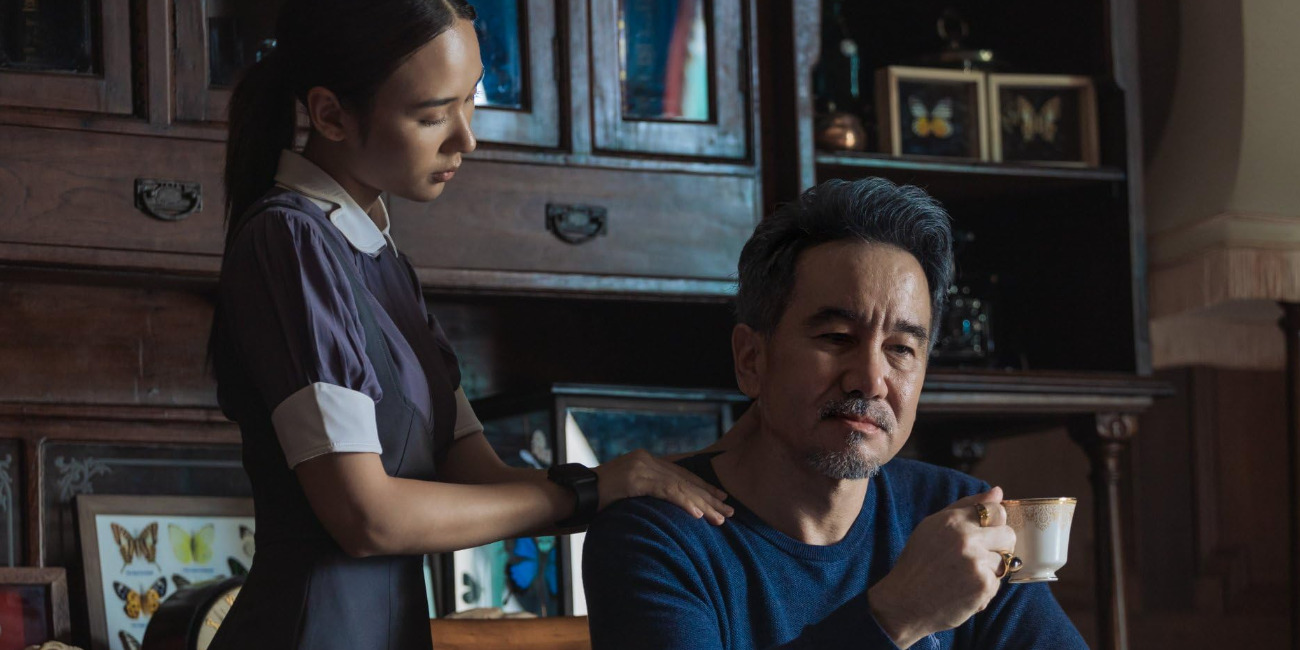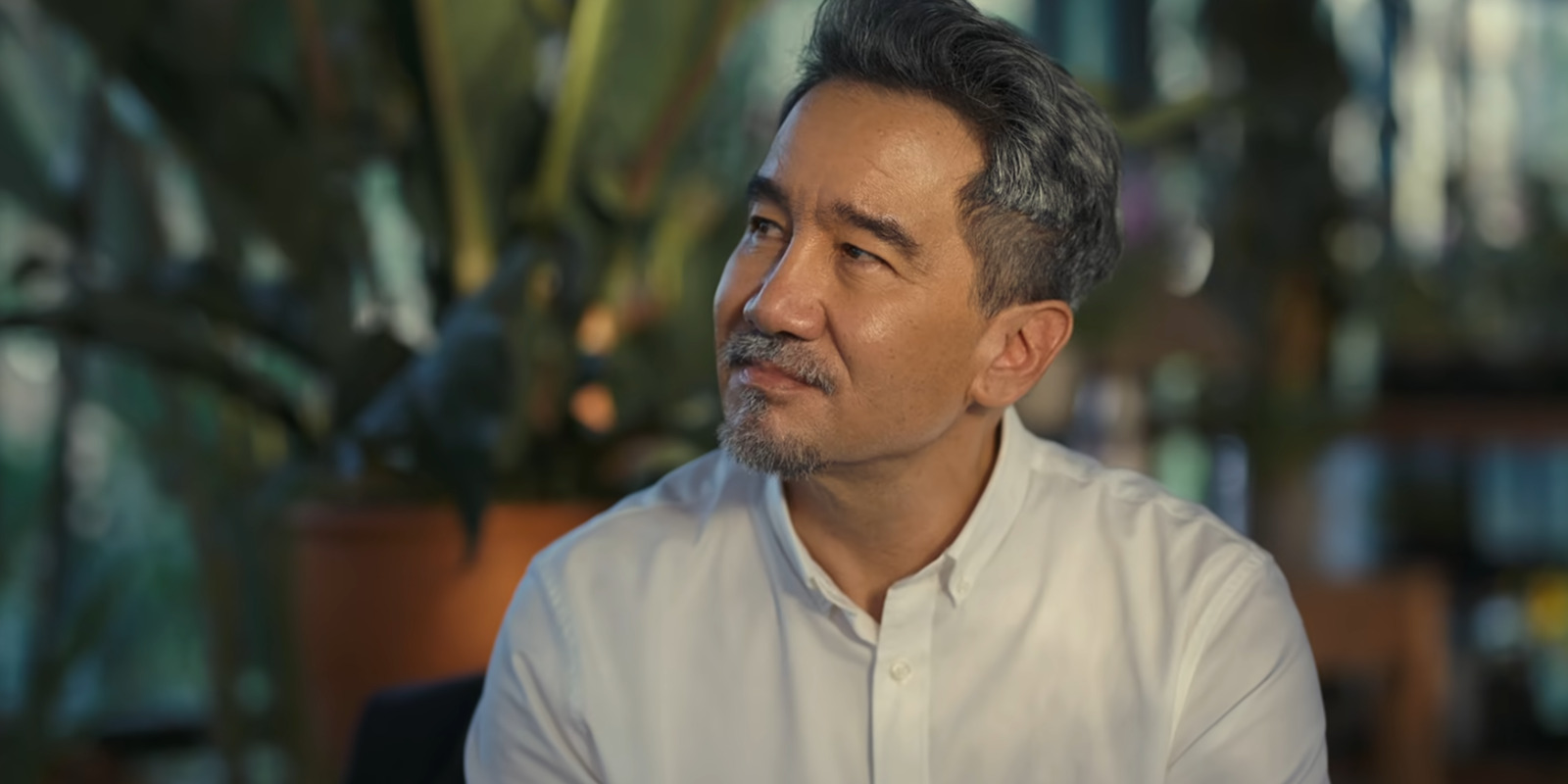‘Master of the House,’ Netflix’s Thai show revolving around the death of a wealthy family’s patriarch, charts a riveting mystery that remains interwoven with themes of gross classism and power exploitation. The Thevasatitpaisarn family finds themselves treading unknown waters after their head, Roongroj, dies soon after he marries Kaimook, a young housemaid— a decision that invites his sons’ ire. Nevertheless, everyone except his recent widow accepts his death as an accident, with the brothers, Mavin and Phupat, remaining preoccupied with their heated battle over the control of their father’s diamond company.
Thus, as the family’s relationships grow complicated and their misdeeds against the house staff grow more severe, the Thevasatitpaisarn house experiences a precarious shift in power that threatens to change the occupants’ fates. Even though the show remains punctuated with its overtly dramatic storylines, the influence of certain characters and the narrative’s overall relevant themes compels one to wonder about its origin’s possible connection to reality.
Master of the House: A Fictionalized Thai Eat-The-Rich Story
‘Master of the House’ centers itself around a lavish estate populated with two distinct groups— the wealthy masters and their obedient house staff. As such, concepts of power and control reign supreme. Therefore, Roongroj Thevasatitpaisarn’s death and the subsequent power struggle between his two heirs remain the central narrative focus as Kaimook’s recent marriage to the family’s patriarch threatens to break the status quo. Through it all, the inherent mystery behind the inciting death holds the plotlines together. These elements make for an entertaining drama tinged with socially relevant themes. Even so, the characters and the settings lack a connection to real life. For the same reason, the show itself is rendered a fictionalized tale.

Notably, the defining aspect of ‘Master of the House’ remains its blend between the modern concept of series and the more traditional soap operas, known as “lakorns,” that have previously dominated Thai culture. As such, the show possesses a unique narrative that holds onto some episodic melodrama while also depicting a concentrated central narrative. For the most part, the highlight of the show’s storyline emerges from its exploration of class disparity. The wealthy characters in the story remain inherently antagonistic as they exploit their workers to the extreme.
Such an exaggerated display of wealth exploitation within a condensed social environment allows the narrative to make broad statements about the class-driven power imbalance in society. Furthermore, with the plot progression, the story develops a more revenge-fuelled narrative, firmly cementing the show as another addition to the “Eat-The-Rich” genre. In recent times, culture has seen an inflation of the genre with movies like ‘Ready or Not,’ ‘Saltburn,’ ‘Glass Onion,’ and many more.

The show’s point of distinction within the genre remains its portrayal of the wealthy’s aggressive indiscretions against those under their power. Director Sivaroj Kongsakul spoke to Netflix about the same, sharing, “The core theme of this series revolves around our ability to manage power and greed— and whether our pursuits might inadvertently harm others. If left unchecked, it can wreck relationships, families, societies, or even entire nations.” He added, “This aspect makes the show both entertaining and compelling, prompting viewers to reflect on these issues.” Thus, while the show retains confinement to fictionality, it still manages to highlight realistic issues through a fictitious lens.
Roongroj Thevasatitpaisarn is Not a Real Diamond Tycoon
As a result of his narrative’s fictional origins, Roongroj Thevasatitpaisarn, the prominent diamond tycoon in the show, also retains a distance from reality. In the show, Roongroj and his Theva Gems are depicted as some of the biggest names in Asia’s diamond industry, if not the World’s. Nevertheless, while Thailand’s Bangkok remains a hotspot for gems and jewelry, there aren’t any significant tycoons within the diamond industry that are similar to Roongroj, who hails from the country. Consequently, the character remains confined to his narrative’s fictional nature.

Primarily, Roongroj’s connection to the diamond industry allows space for the narrative to contextualize the Thevasatitpaisarn family’s seemingly endless wealth. Since the family’s financial background and generational wealth become intrinsic to each character’s storyline, their family business in the diamond market is instrumental to the narrative. Nonetheless, it’s only a tool to provide the circumstances for the premise. Thus, Roongroj Thevasatitpausarn and his Theva Gems remain equally as fictional as the show’s overarching storyline.
Read More: Master of the House Ending, Explained: Who Killed Roongroj?


You must be logged in to post a comment.